By the end of this month, five severely curtailed solar farms — Gannawarra, Broken Hill, Wemen, Karadoc and Bannerton — in the Australian region now infamously known as the West Murray, will hopefully have their approval to generate at or near full capacity restored.
Last week rumours began circulating that a solution devised by inverter company SMA — which supplied inverters to all five generators — had been successful, and the plants which have been curtailed by 50% since Friday 13 September 2019, were likely to resume normal operations.
The implication for renewable generators around the country is that they will now have a proven inverter-based option to help them connect in areas where the grid is weak, but renewable resources are strong.
It’s a potential bridge to the slow process of building new transmission and improving existing networks, which could allow continued connection of Australia’s renewable-project pipeline, and stop the five stricken solar farms bleeding at a combined rate of $1 million in revenue lost each day.
Their travails, which have shaken the confidence of the renewable energy industry, began when the Australian Energy Market Operator (AEMO) observed that ordinary disturbances to the grid, such as lightning strike or bushfire, could trigger uncontrollable voltage oscillations in the region of the five solar farms, which threatened the stability of grid supply and operation of industrial machinery drawing power from the grid.
The threat to grid operations was deemed too great for the group to continue generating at full capacity and for further connections to be allowed in this area of tremendous resource, in which some 45 renewable generators were either in the process of connection, in development or at proposal stage.
pv magazine talked to Scott Partlin, Head of After Sales Service at SMA Australia, who coordinated the company’s efforts to help resolve the oscillation issue.
pv magazine: What was the problem for these five solar farms in the West Murray region?
Scott Partlin: The problem was that too much generation had been added to the network. Today, detailed wide-area PSCAD modelling would be undertaken by the network and regulators before approval to connect is given to any generator. In the case of West Murray, the previous sub-optimal connection-approval process led to generators being connected without such detailed wide-area modelling, which in turn led to a system-strength problem. Since these generators were assessed, we’ve also seen quite some improvement in our understanding of how to undertake wide-area generator tuning in PSCAD modelling. I think it’s safe to say that if the curtailed generators were going through an AEMO connection process today, the system-strength issues would be detected, and the generators would have an opportunity to address them before being given connection approval.
When did you realise SMA inverters might be part of the solution for the five curtailed solar farms?
Towards the end of 2018, AEMO contacted SMA about some investigations they had done that revealed low-level oscillations in the West Murray area. By around April 2019, it was confirmed that they had a system-strength problem, and SMA was already working with AEMO to find a solution. In doing so SMA was going well beyond the requirements of the National Electricity Rules (NER), especially for a manufacturer, since technically under the NER these plants don’t belong to SMA; and the work was in relation to energy generators that were already approved, built, connected and operating.
SMA experts from Germany came to Australia and consulted with experts from AEMO to better understand the problems the network was experiencing. As a result, SMA was able to develop a new capability in the control of our inverters. Wide-area investigations by AEMO revealed that this new capability has been able to significantly address and improve the low-level oscillations experienced in relation to the operation of the five solar farms, to the point where they might no longer represent a system-strength issue.
Could you explain how tuning the inverter allows it to follow grid voltage more closely, thereby easing/eliminating the risk of causing instability?
Think of an orchestra. If each musician were playing their own music, in their own time, it would be a chaos of noise. But when a conductor coordinates them to play at the right time, at the correct volume, with the right mix of instruments, you get beautiful music. It’s like that with the power system. If you can get voltage right everywhere and different plants working together, you get optimal power generation with the least amount of “chaotic noise”. This new voltage “tuning” capability developed by SMA gives the system conductor greater ability to time and control the generation from plants so that the combined output is optimised, and with less opportunity for the different plants to get “out of time” while playing music together.
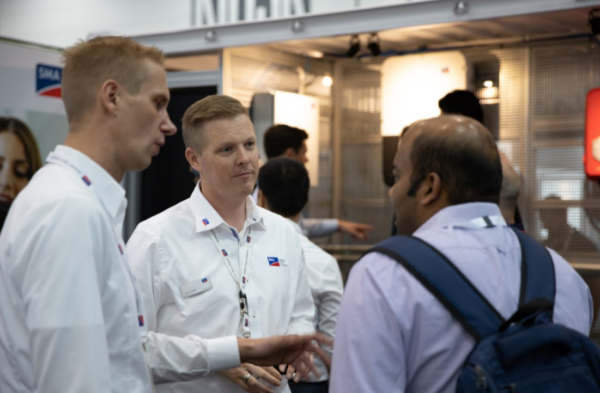
Photo: SMA
Is it likely that the five curtailed solar farms will be able to export energy to their full capacity, or is output still likely to be curtailed due to other issues such as limited capacity in the area?
It’s probably a little too early to say with certainty. The generators are going through normal regulatory and engineering processes at the moment to see how effectively the system-strength issue has been addressed by this new SMA control methodology. Certainly they will have some of their curtailment lifted once these processes run their course — how much will depend on the final results.
How will this help other renewable generators currently queuing for connection to connect more quickly?
Until this system-strength issue was addressed, adding more generators to the region was almost impossible, since the shape and make up of the network wasn’t really known from an engineering and operational point of view. Once the five curtailed generators are shown to no longer be an issue, the queuing generators can then begin to finalise their planned operational modes and AEMO and the network service provider (NSP) can assess how well those generators’ proposed operations fit in with the rest of the network. Any plants in the area built with SMA technology are already looking to make use of the new capability, to accelerate their connection process.
Are they all likely to be using SMA inverters?
There are multiple projects waiting to connect in that region. Some are wind, some are solar so certainly they are not all SMA. Those that are being built with SMA, and some of the manufacturers of wind technology have similar capabilities, will be able to use these more intelligent control functions. And these will no doubt help guide AEMO and the NSP on how a generator proposing to connect might be operated or tuned so it provides the best outcome for the network.
Is this tuning work groundbreaking?
The control methodology is certainly very beneficial for weak-network scenarios such as exist across Australia. What is groundbreaking I think is that this type of control will increase the amount of solar which could in theory be connected to an area of the grid before system strength becomes an issue. That could mean less money spent in the near term on remediation such as synchronous condensers and other technologies that have been called for to provide inertia and maintain system strength. Such solutions will still be required, but it might be that we need far fewer of them than was previously estimated.
What kind of cooperation did it require to arrive at this solution? Which stakeholders were involved?
Very close cooperation between SMA, AEMO and the networks was essential. I think a lot of people in the renewable energy industry in Australia are excited about the more collaborative approach AEMO has been pursuing this year. It’s encouraging that AEMO is really improving how it works with generators, networks, technology providers and consultants to get new projects approved. It bodes well for the network, for connecting generators and for the future of renewable energy in Australia.
What could this new inverter capability mean for other jurisdictions in Australia and overseas in solving issues of system strength as they integrate more renewables into the grid?
It will mean more solar energy can be connected before the network begins to experience problems of low system strength. That in turn means the cost of delivering renewables on the macro scale will go down, and with it the levelised cost of energy of utility-scale solar.
What other work is SMA doing with its inverters, to address grid challenges?
SMA has begun offering Engineering Consulting Services, so that customers can make the best use of SMA technology and expertise. In 2019 we also introduced a greater variety of options for adding energy storage to solar farms using both DC- and AC-coupled technology approaches. SMA is working in many areas such as synthetic inertia, and grid-forming asynchronous generation to address problems that will come up as global energy grids increasingly transition to more renewable generation, new patterns of energy consumption and the different size and distribution of renewable energy plants compared to traditional fossil-fuelled generators.
This content is protected by copyright and may not be reused. If you want to cooperate with us and would like to reuse some of our content, please contact: editors@pv-magazine.com.
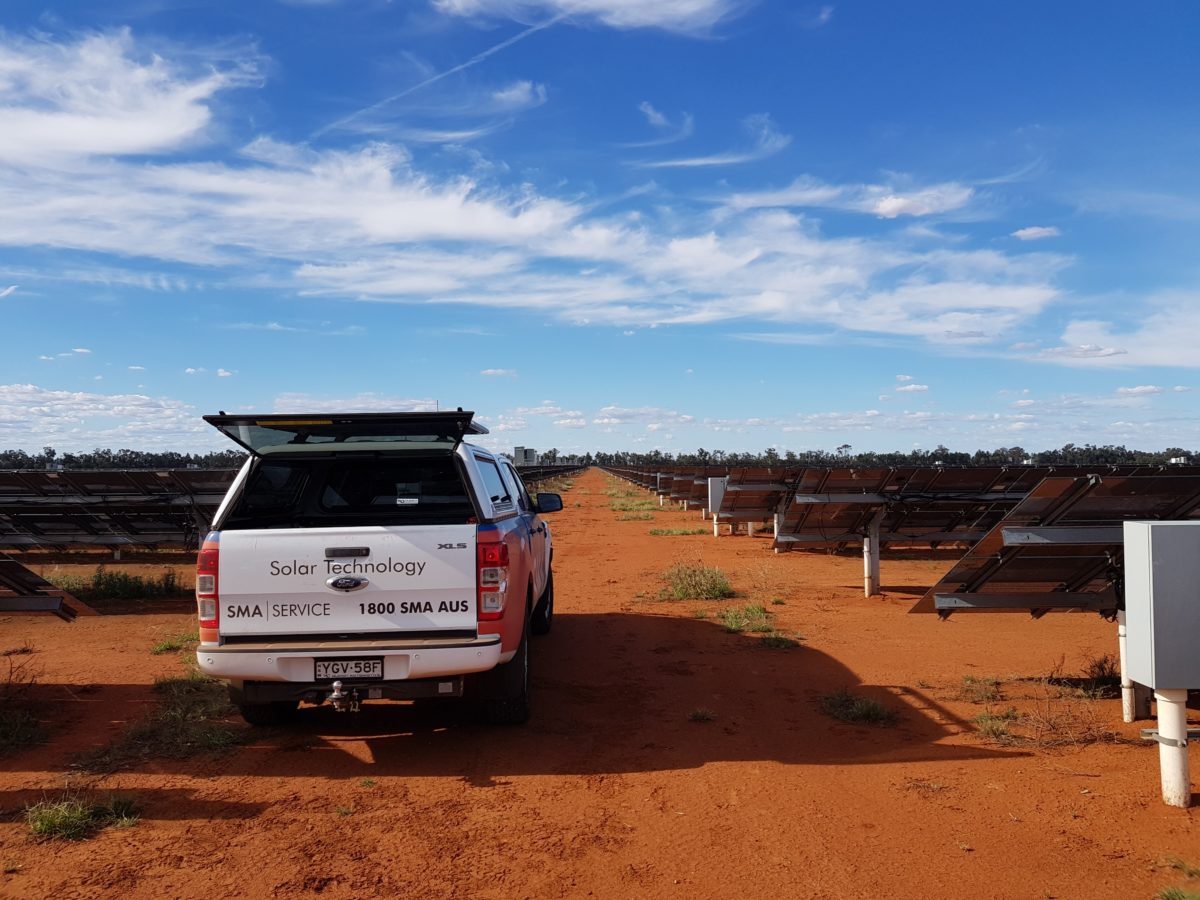
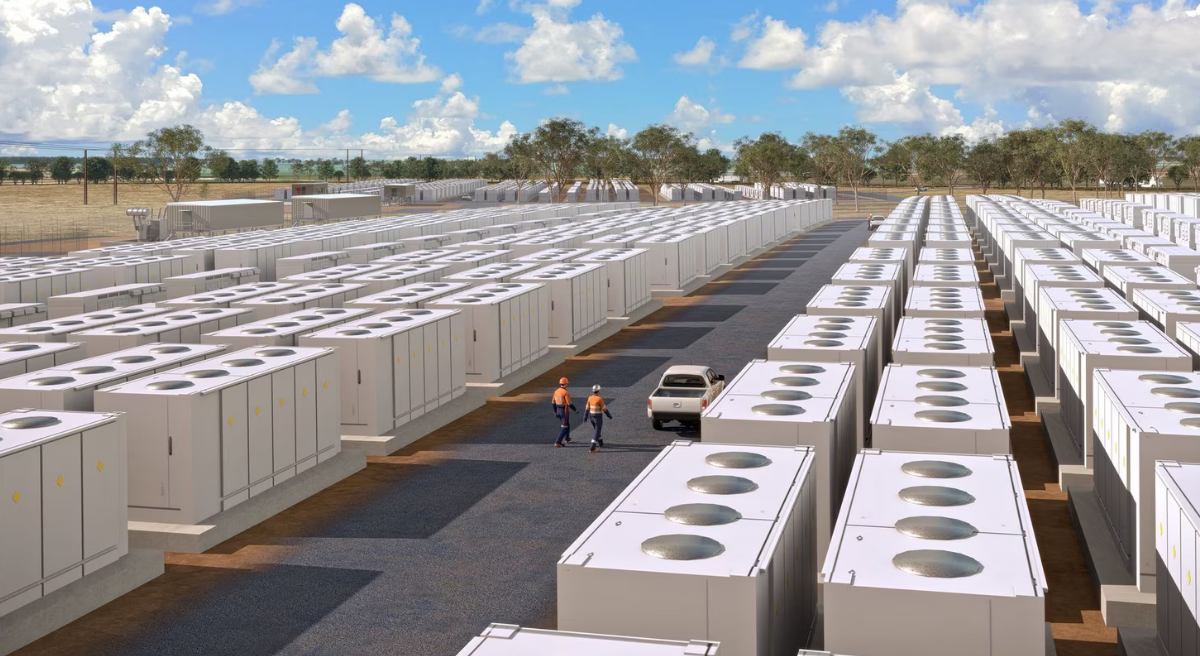



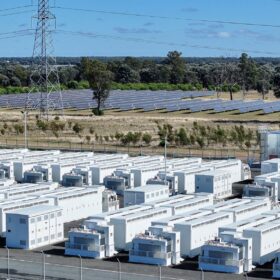

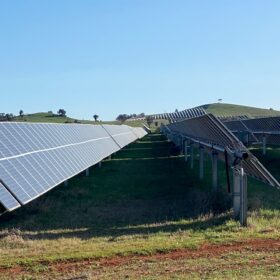
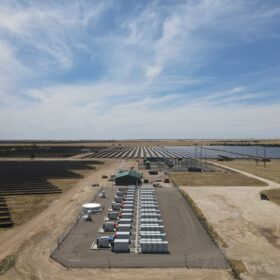
“It’s a potential bridge to the slow process of building new transmission and improving existing networks, which could allow continued connection of Australia’s renewable-project pipeline, and stop the five stricken solar farms bleeding at a combined rate of $1 million in revenue lost each day.”
It is insane to curtail non-fueled generation, this generation should always be “primary” and any overgeneration should then be stored in very large energy storage facilities and time shifted for later use. No need to use natural gas Peakers for after hours grid demands.
“This new voltage “tuning” capability developed by SMA gives the system conductor greater ability to time and control the generation from plants so that the combined output is optimised, and with less opportunity for the different plants to get “out of time” while playing music together.”
It sounds to me like SMA has found a way to not only sync the outputs of solar PV and wind farms using their product, but have found an algorithm that addresses what one could call electronic KVAR grid correction on the fly. In the World of industrial controls the VFD, (variable frequency drive) to control operations motor speeds has been using the 18 pulse output for several years now, which is in and of itself a local KVAR control of the voltage, current waveforms put out by the drive. If this works well the “excuse” of “needing” large mechanical generators as load regulation devices are no longer needed. You can either brute force regulate oscillations or electronically cancel oscillations, which one is more efficient?